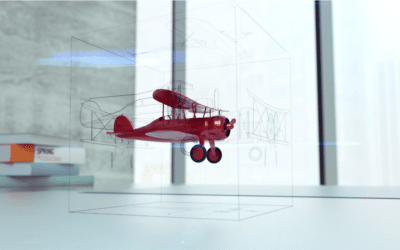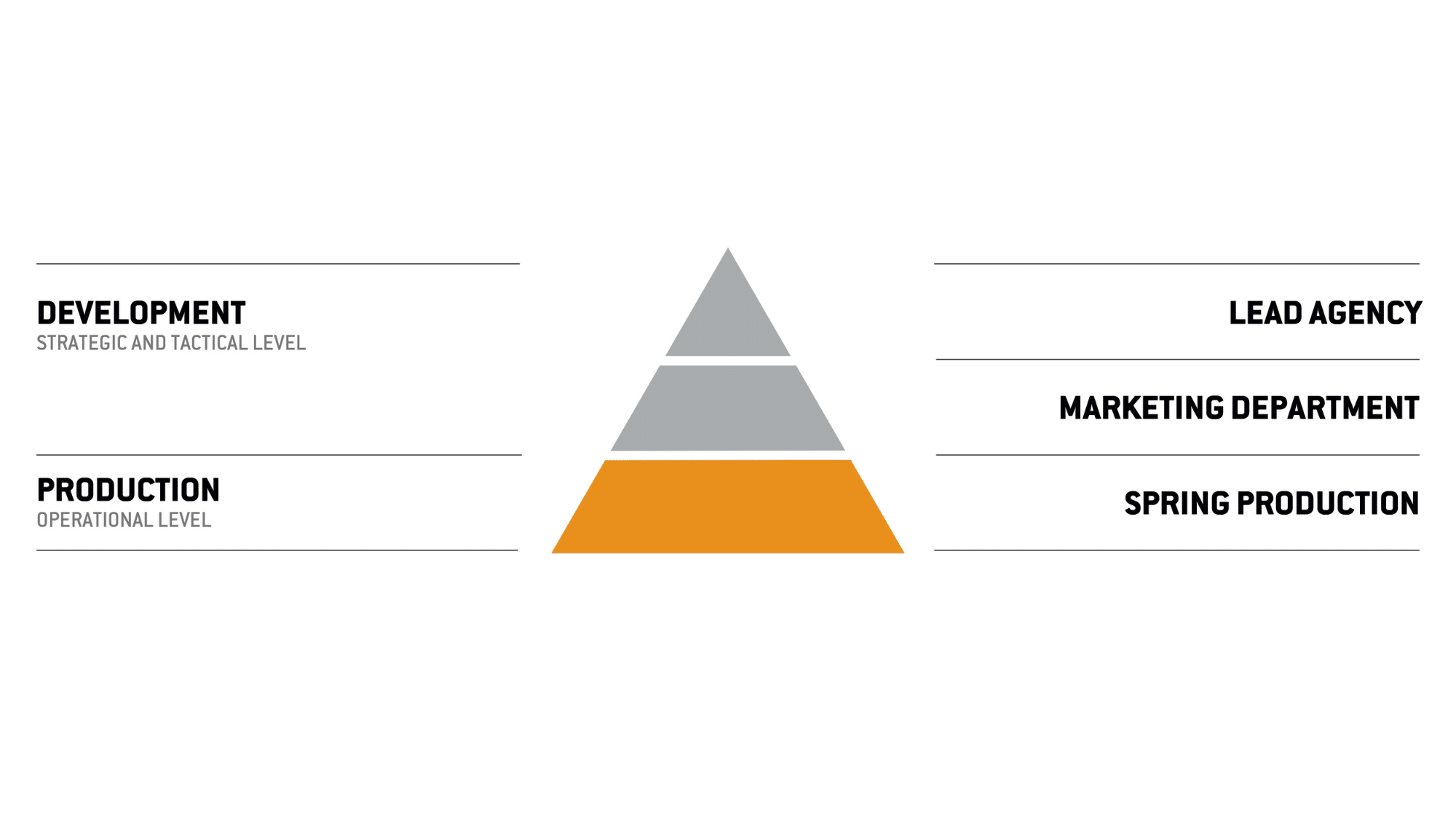Brands now need tighter control over their marketing spend, and to make urgent efficiencies in their processes.
It might be time to separate marketing production from strategy and creative ideation, according to SPRING Production, in order to solve the issues brands face in 2021.
There are a vast number of options available to brands for structuring their marketing capabilities, and it can be difficult figuring out what suits.
What do you keep in-house? What skills and services do you need to access 24/7? How can you make your marketing as efficient and cost-effective as possible? These aren’t new problems, but they do seem to be more relevant than ever.
Brands have often had the luxury of being selective about who is responsible for their various marketing functions. They’ve likely experimented with different collaborative agency models, mixing and matching services and approaches until they found a setup that works.
But, as many have found out, what was right 18 months ago might not be fit for purpose today.
As brands experience growth or their situations change, their organisational structures can impact the efficiency and quality of their marketing output. Processes and models that worked on a smaller scale can become compromised, making it difficult to gain complete transparency over their marketing efforts.
What’s more, capacity is often stretched, which impacts CVI consistency and working efficiencies.
To overcome these problems, brands need tighter control over their marketing spend, greater operational efficiency, and more capacity to stay competitive. A decoupled approach to production could be the answer.
Rethinking marketing production
Decoupled production means separating marketing production from strategy and creative ideation and assigning it to a dedicated marketing execution partner. In practice, by decoupling marketing production, brands can revolutionise the way their marketing function operates through a more centralised workflow.
This model can improve working efficiencies, enhance production quality, lower costs and, most importantly, deliver a flexible, future-proofed model.












